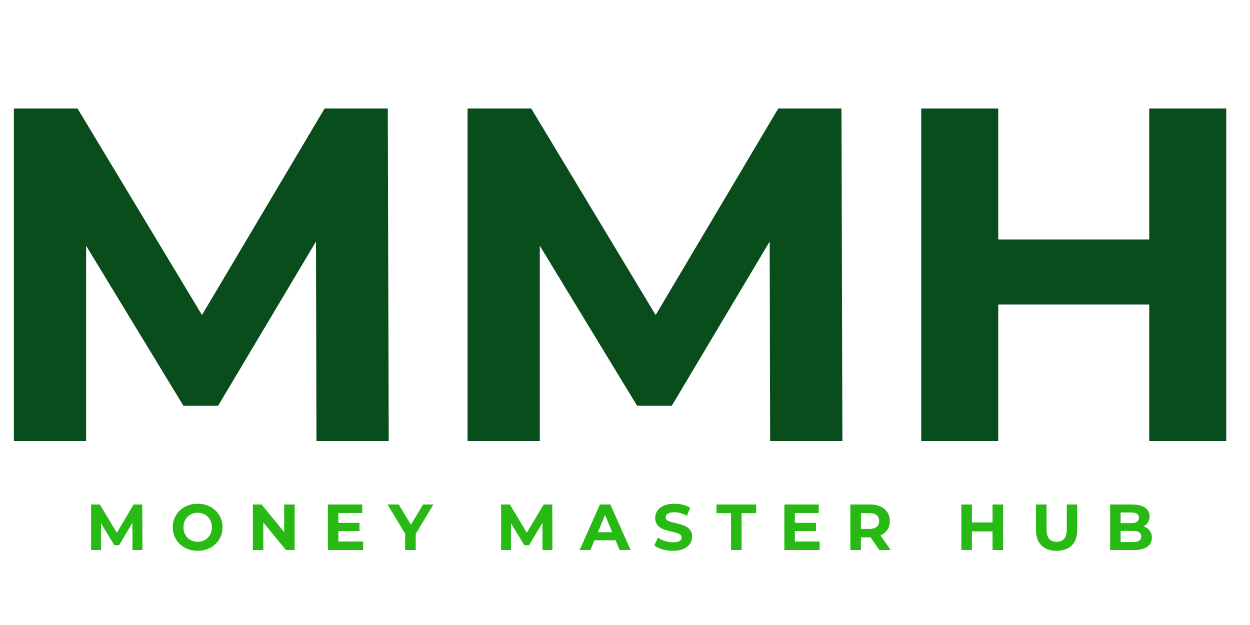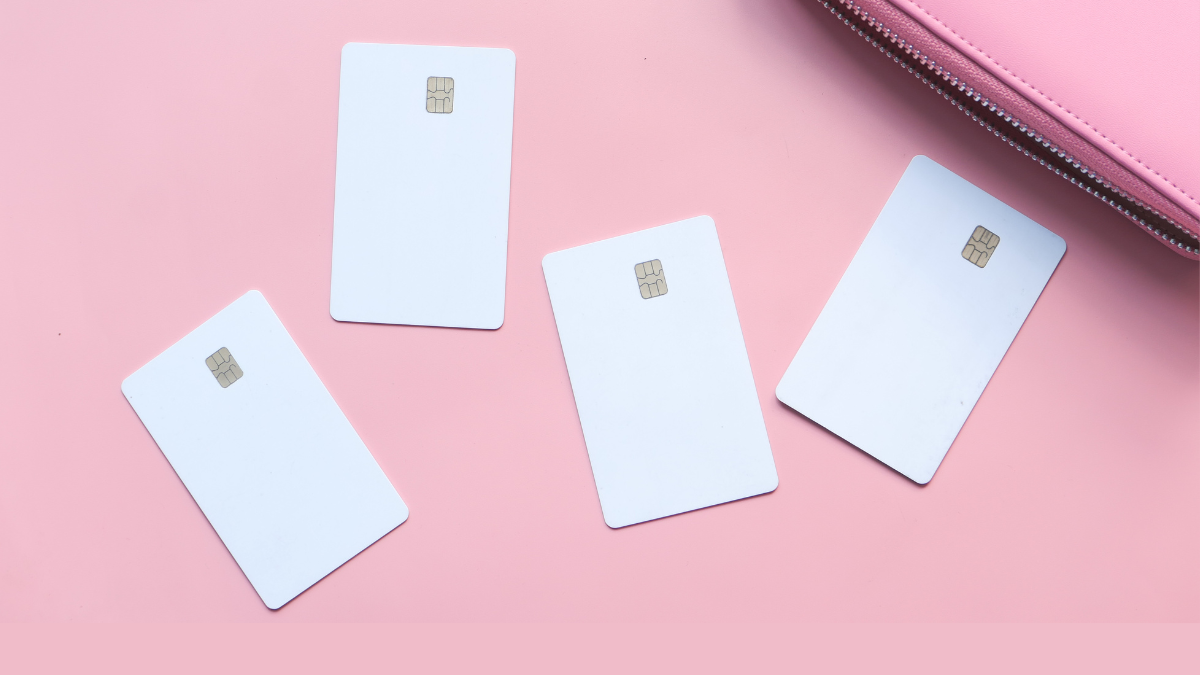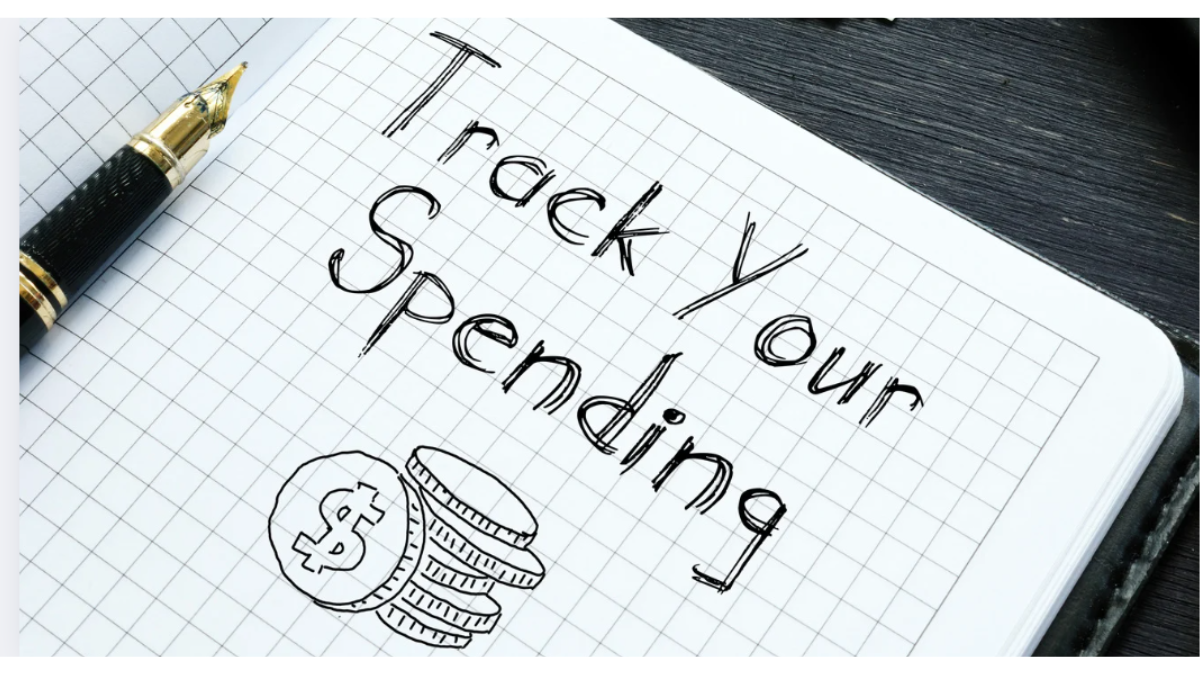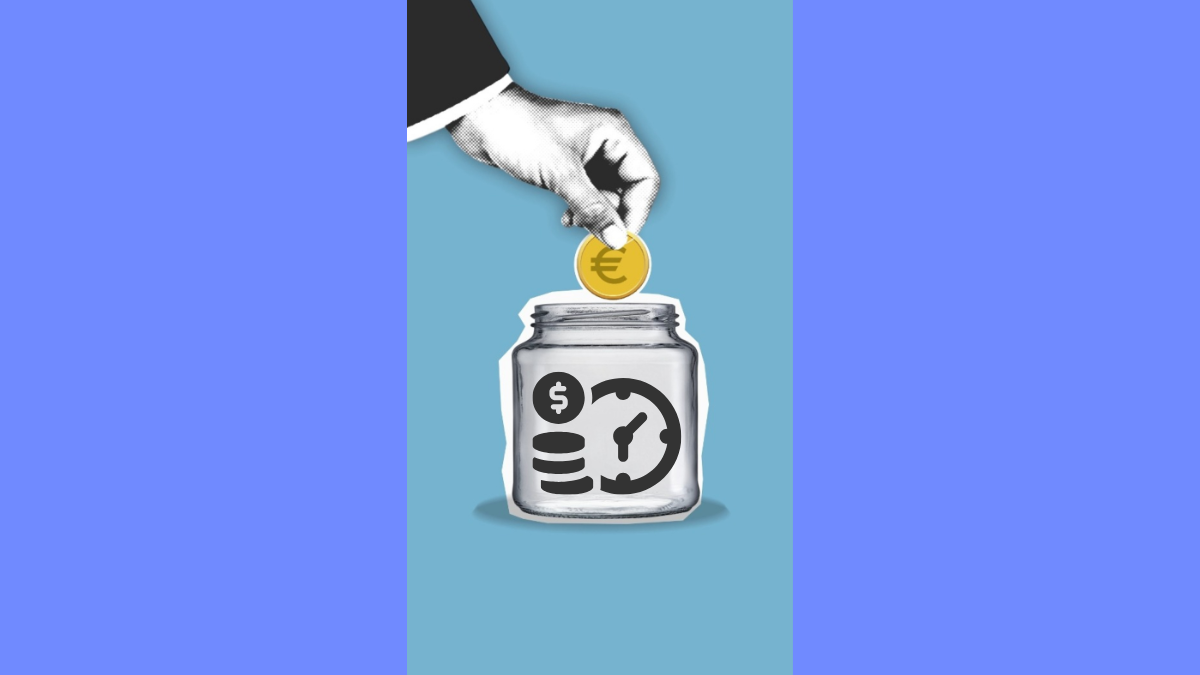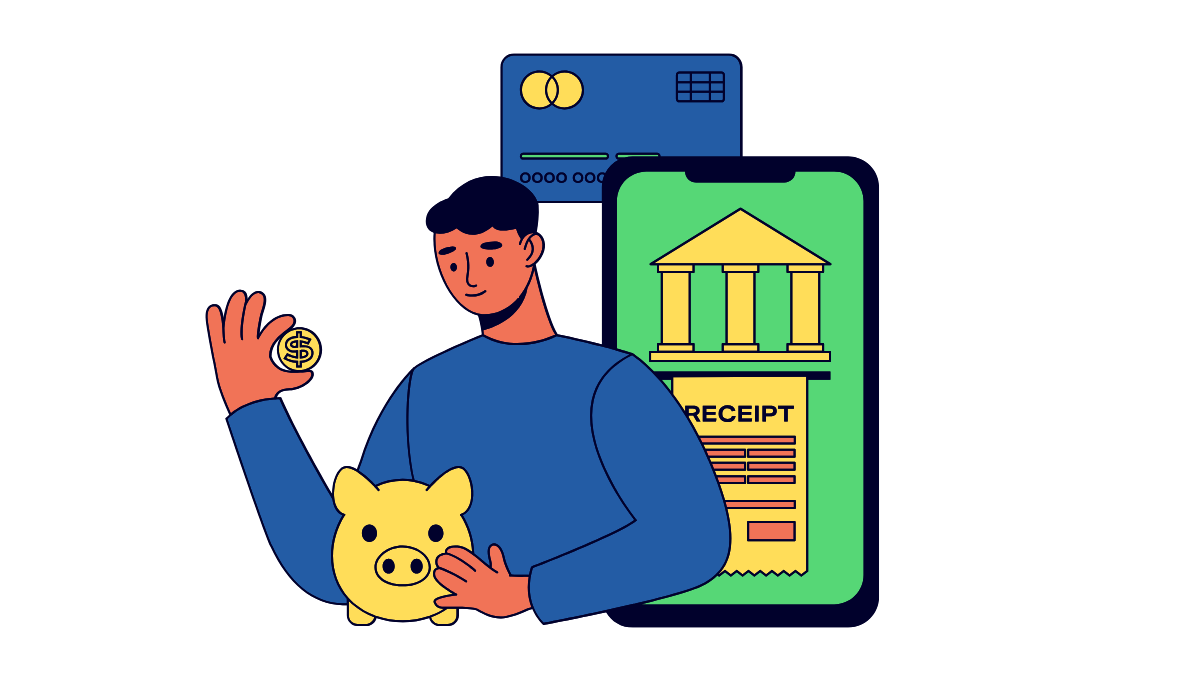Why You Need a U.S. Bank Account
A U.S. bank account is one of the first tools you’ll need to manage your money safely and easily. Without one, everyday tasks like paying bills online, getting paid from your job, or making online purchases become much harder.
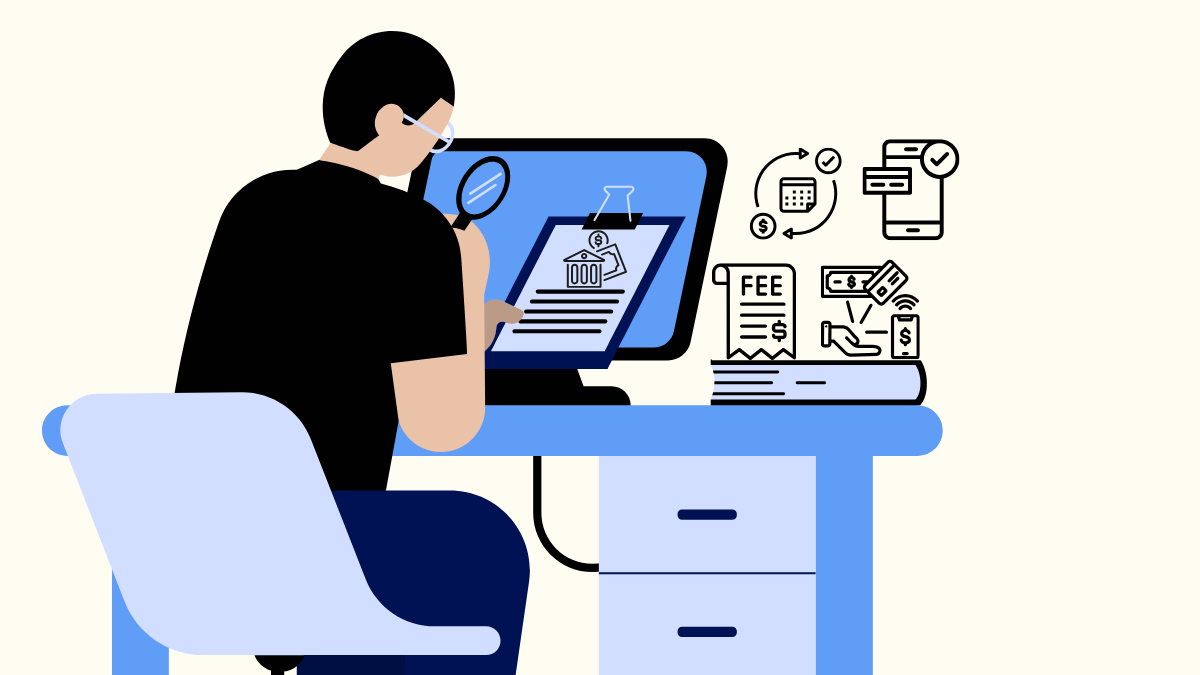
Here’s why opening a U.S. bank account is important:
Whether you’re new to the U.S. financial system or simply want a smarter way to manage your money, opening a U.S. bank account is one of the first steps. This guide will walk you through everything you need to know — from choosing the right account to setting it up and using it to reach your financial goals.
- Keep your money safe: Cash can be lost or stolen. A bank account keeps your money secure and insured, and gives you peace of mind.
- Easier payments: Pay bills online, set up automatic payments , and use a debit card for everyday purchases — no need to carry large amounts of cash.
- Get paid easily: Many employers require you to have a bank account in order to deposit your paycheck through direct deposit — one of the fastest and safest ways to receive your earnings.
- Build your financial history and credit: Having a bank account is often the first step toward building credit and establishing a positive financial track record. Over time, this can help you qualify for credit cards, loans, and other financial products.
- Access powerful banking tools: Most U.S. bank accounts offer online banking apps, budgeting tools, and savings features — making it easier to manage your money and track your spending anytime, anywhere.
If you want to manage your money with confidence and start building a strong financial foundation in the U.S., opening a bank account is the perfect place to begin.
Types of Bank Accounts You Can Open
Before opening an account, it helps to understand the different options available. Here are the most common types of U.S. bank accounts:
Checking Accounts
- Designed for everyday spending and payments.
- Comes with a debit card you can use for purchases or to withdraw cash.
- Allows you to pay bills and make online payments.
- Usually has no interest, but offers flexible access to your money.
If you’re ready to open a checking account, check out our list of the best checking accounts in 2025 — including options with no monthly fees and great features.
Savings Accounts
- Helps you save money over time while earning a small amount of interest.
- Often limits how many times you can withdraw money each month.
- A good place to set aside funds you don’t plan to spend right away.
Looking for a place to grow your savings? Explore our guide to the best high-yield savings accounts to compare top options with competitive interest rates.
Online Banks vs. Traditional Banks
| Traditional Banks | Online Banks |
|---|---|
| Physical branches | Online-only (no branches) |
| In-person customer service | Lower fees, higher interest rates |
| May have more account fees | 24/7 access through apps |
When choosing between them, think about how you prefer to manage your money. If you like visiting a branch, a traditional bank works. If you want low fees and don’t mind online-only service, an online bank may be a better fit.
The table below lists popular checking account features and the type of bank where that feature is most often found. When choosing the right bank for your checking account, make sure it has the features you want and need.
| Feature | Traditional | Online |
|---|---|---|
| Direct deposit | X | X |
| Debit card | X | X |
| Free in-network ATMs | X | |
| Free out-of-network ATMs | X | |
| Online bill pay | X | X |
| Electronic funds transfer (EFT) | X | X |
| Mobile banking | X | X |
| Overdraft protection | X | X |
| Ability to deposit cash | X | |
| Paper checks | X | |
| Face-to-face customer service | X | |
| High-yield checking | X | |
| High account maintenance fees | X | |
| Low or no fees | X | |
| Zelle or P2P transfers | X | X |
| Early direct deposit | X | |
| No minimum balance required | X | |
| Cashback debit card | X | |
| International ATM access | X | |
| 24/7 customer service | X | |
| Instant debit card / virtual card | X |
What You Need to Open an Account (Documents & Requirements)
Before you head to a bank or apply online, it’s important to gather the documents you’ll need. Requirements may vary slightly by bank, but here are the most common items you should prepare:
- Government-issued photo ID: This can be a passport, U.S. driver’s license, or state ID.
- Proof of address: Utility bill, lease agreement, or a recent bank statement with your name and address.
- Social Security Number (SSN) or Individual Taxpayer Identification Number (ITIN): Most banks will require one of these to open an account.
- Initial deposit: Some accounts require a small deposit to get started, typically between $25 and $100. You can learn more about minimum deposit requirements for different account types.
If you don’t have a Social Security Number, many banks also accept an Individual Taxpayer Identification Number (ITIN). Some online banks and credit unions are especially friendly to ITIN applicants — check their account requirements before applying.
Some banks may also ask for additional documents such as:
- Pay stub or proof of income
- Secondary form of ID (such as a credit card, student ID, or birth certificate)
- Immigration documents (if applicable)
Tip: Always check the bank’s website or call ahead to confirm exactly what they require — especially if you’re opening the account online.
Step-by-Step: How to Open a U.S. Bank Account
Opening a U.S. bank account is a simple process. Opening an account online is especially convenient if you prefer to get started from home. Here’s how to do it, whether you prefer visiting a branch or applying online:
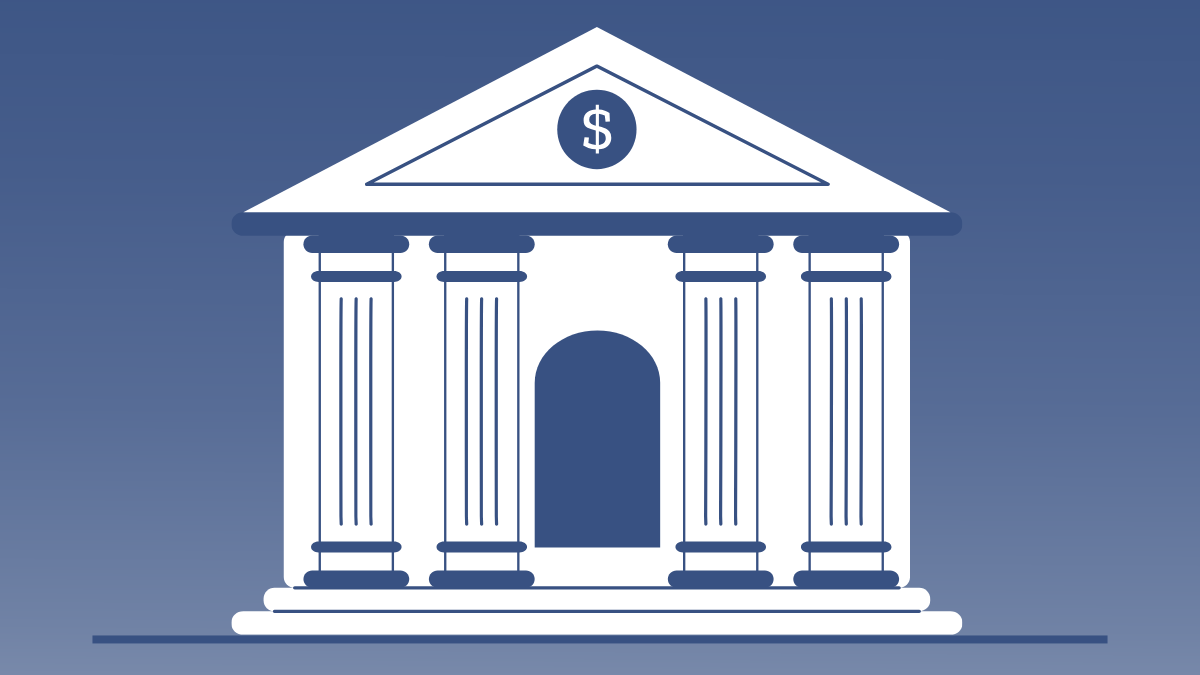
Opening an Account In Person
- Choose your bank and account type. Compare options and select a bank that fits your needs (low fees, convenient branches, good online banking, etc.).
- Visit a local branch. Bring your required documents and be prepared to provide personal information (name, address, date of birth, SSN/ITIN).
- Complete the application. A bank representative will guide you through the process and verify your documents.
- Make your initial deposit. You can typically do this with cash, a check, or a transfer from another account.
- Receive your account details. You’ll get your account number and routing number, plus a debit card (issued immediately or mailed to you).
Opening an Account Online
- Go to the bank’s website. Select the account you want to open and click “Apply Now.”
- Fill out the online application. Enter your personal information and upload any required documents.
- Verify your identity. Some banks may ask you to take a photo of your ID or answer security questions.
- Fund your account. Link an existing account or use a debit card to make your first deposit.
- Access your account. Once approved, you’ll receive your account details and can start using online banking features immediately.
Tip: When opening an online account, many banks offer a virtual debit card you can start using right away — no need to wait for a physical card in the mail.
Tips for Choosing the Right Bank & Account
Not all banks or accounts are the same — choosing the right one can save you money and make managing your finances easier. Here are some important factors to consider:
- Fees: Look for accounts with no monthly maintenance fees, or banks that waive them if you meet certain requirements (such as maintaining a minimum balance or setting up direct deposit).
- Features: Compare account features like mobile banking, budgeting tools, ATM access, and rewards programs.
- Online banking: A good mobile app and online experience can save you a lot of time. Check reviews of the bank’s app to make sure it’s reliable.
- Customer service: Consider the quality of customer support. If you prefer visiting a branch, make sure there’s one near you. If you like doing everything online, make sure the bank offers strong online support.
- FDIC insurance: Make sure the bank is FDIC-insured, which protects your deposits up to $250,000.
Tip: Tip: Before choosing an account, make a list of what’s most important to you — low fees, convenience, good customer service, or digital features — and compare a few banks to find the best fit.
Common Mistakes to Avoid
Opening a bank account is simple, but there are some common mistakes that can cost you money or cause frustration. Here’s what to watch out for:
- Not reading the fee schedule: Many banks charge fees for things like overdrafts, ATM usage, or monthly maintenance. Always review the fee schedule before opening an account.
- Ignoring account requirements: Some accounts require a minimum balance or regular direct deposits to avoid fees. Make sure you understand these rules and can meet them.
- Choosing a bank based only on location: While convenience is important, it’s worth comparing features, fees, and online tools across several banks — don’t just pick the closest one.
- Not setting up account alerts: Many banks offer text or email alerts to help you monitor your balance and avoid overdraft fees. Take advantage of these tools.
- Overlooking online banks: Online-only banks often offer higher interest rates and lower fees than traditional banks. If you’re comfortable managing your account digitally, they can be a great option.
What to Do After Opening Your Account
Now that your bank account is open, take a few key steps to start using it effectively and avoid common mistakes. Here’s what to do next:
- Set up online and mobile banking: Download your bank’s mobile app and activate online banking. You’ll be able to check balances, transfer money, and pay bills easily from your phone or computer.
- Set up direct deposit: Ask your employer to deposit your paycheck directly into your account. If you’re new to this, here’s how to set up direct deposit step by step.
- Activate and use your debit card: Follow your bank’s instructions to activate your debit card and start using it for purchases. Be sure to monitor your balance to avoid overdraft fees.
- Enable account alerts: Turn on text or email alerts for low balances, large withdrawals, or unusual activity. These alerts can help you manage your money and spot problems quickly.
- Start building good financial habits: Use your account to track your spending, set savings goals, and create a budget. Our guide to tracking your spending can help you get started.
Recap & Final Tips
Opening a U.S. bank account is one of the smartest first steps you can take to manage your money with confidence and security. Here’s a quick recap of what you need to do:
- Understand your options — choose the type of account that best fits your needs (checking, savings, or both).
- Gather the required documents before applying, especially if you’re opening a bank account online.
- Compare banks to find one with low fees, strong features, and reliable customer service. Our guide to the best checking accounts is a great place to start.
- Be aware of common mistakes — always read the fee schedule and account terms carefully.
- After opening your account, set up online banking, direct deposit, and account alerts to stay on top of your finances.
Final Tip: Once your account is up and running, consider your next financial moves — like opening a high-yield savings account to grow your money, applying for your first credit card to build credit, or starting to invest for the future.
Your new bank account is more than just a place to store money — it’s a gateway to better financial health and freedom. Use it wisely, keep learning, and take small steps each month to build a stronger financial future.
Helpful Banking & Money Resources
Advertiser Disclosure
Overview of bank accounts & choosing one. Guide to understanding account features, fees, and your rights.

Explains deposit insurance & bank legitimacy.Trust signal. Helps users verify if a bank is federally insured.

Complementary to your guide, gives examples and highlights popular bank options.
